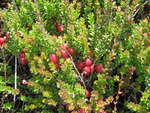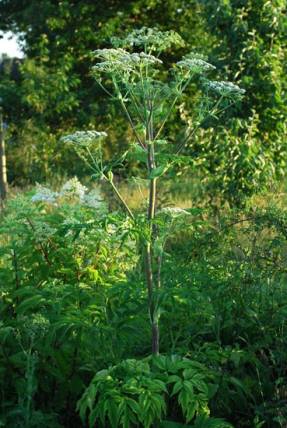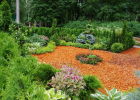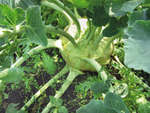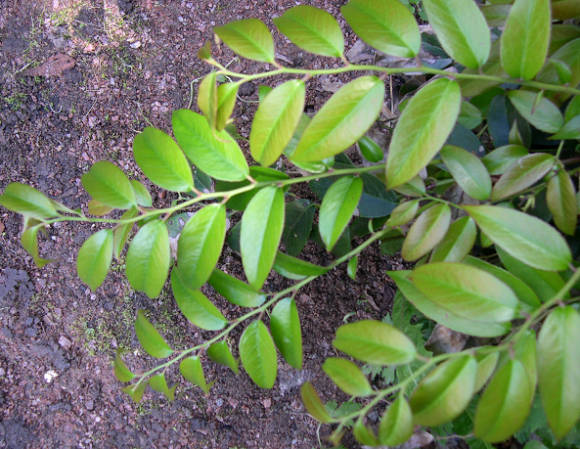
- Leaves turn yellow and fall off... The likely cause is waterlogging. Let the soil dry more between waterings. Never let the pot stand in a pan of water.
- Loss of turgor with dry coma - a sign of overdrying. Spread the soil and spray liberally until the leaves rise.
- If the lump is wet, then drooping leaves - a sign of waterlogging. Gently remove the lump from the pot, wrap it in newspapers, change it as it gets wet, let the soil dry and return the lump back to the pot.
- Application of large doses of fertilizers can also cause loss of turgor by leaves... Rinse the lump with plenty of clean water, pouring from the top and draining from the drip tray. The reason for the hanging leaves may be hypothermia or overheating of the roots, normalize the conditions.
- The plant is stretched, internodes are long... This is due to being in a too warm and dark place. Move the fatsia to a cooler, brighter place, avoiding direct sunlight.
- Dry leaf tips appear when there is insufficient air humidity. Place a humidifier (not next to the plant) or spray frequently while heating appliances are running.
- Gray mold on the leaves appears if the plant is in too cool, humid and dark place. Remove the affected leaves and move the plant to a warmer and brighter place, treat with fungicides.
- Sticky, misshapen leaves appear when aphids are affected. Sweet extensive spots and the presence of small blotches, similar to droplets of wax, which can be easily removed with a fingernail, indicating that a scale has appeared on the fatsia. The presence in the axils or on the leaves of white clusters, similar to cotton wool lumps, is the result of the activity of a mealybug. If these pests are found, treat with Aktara.
- Pale small spots on the leaves or leaves turn yellow.The reason may be tick infestation. Shower the plant regularly, spray the leaves with water, and increase the humidity. For severe damage, treat with acaricide.
Read more in the article Houseplant pests and control measures.
Read also the article Japanese Fatsia care.


